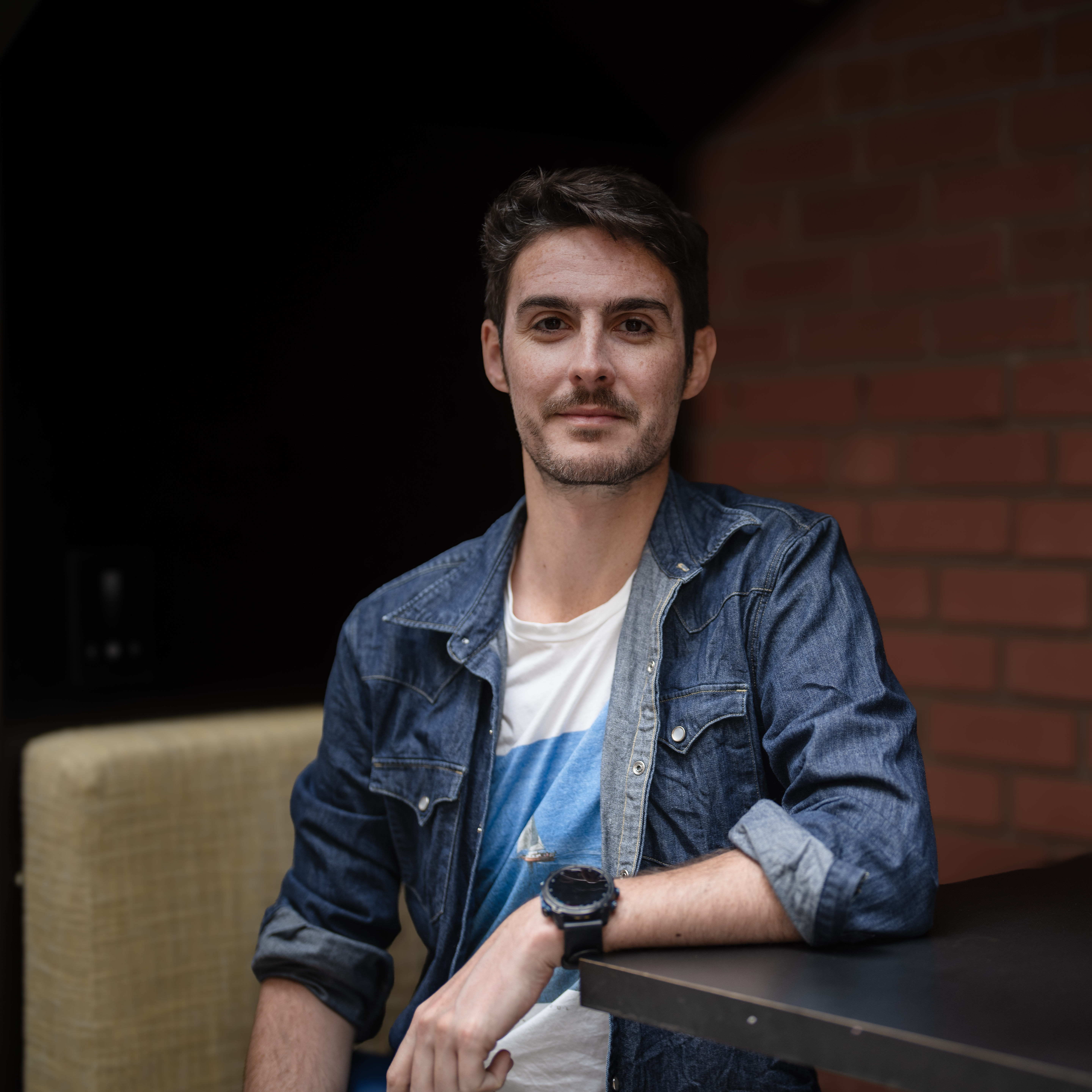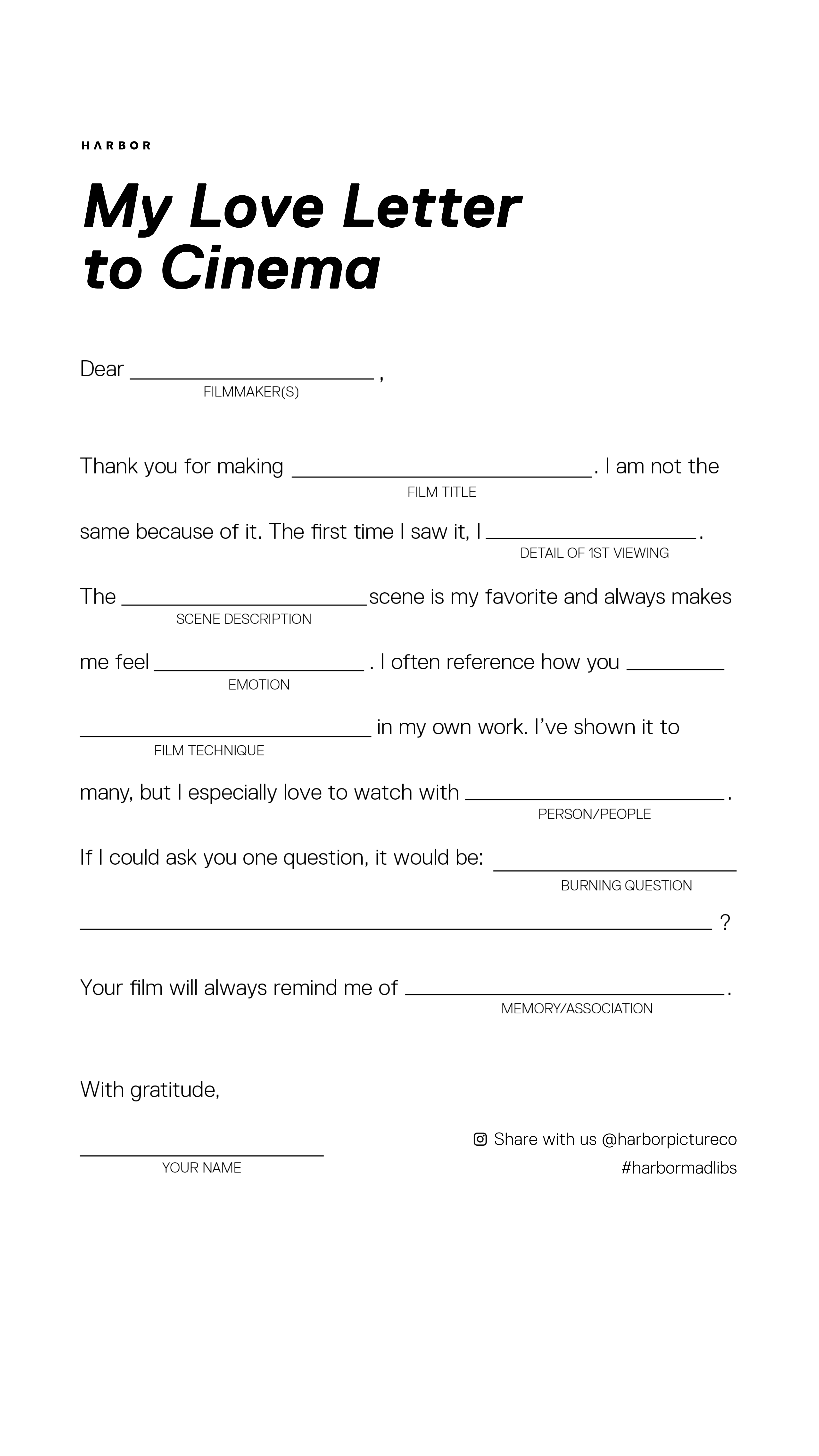Sister Wives: Crafting a world defined by restriction and rebellion
Louisa Connolly-Burnham’s Sister Wives is an exercise in restraint—both thematically and visually. Longlisted for a BAFTA, the short film unfolds within the confines of an insular religious community, exploring the tension between control and autonomy, silence and defiance. Every frame is considered, every shadow intentional. From the outset, Louisa, cinematographer Angela Neil, and colourist Karol Cybulski approached the film with precision, constructing a visual language that feels at once stifling and deeply personal. Their choices are deliberate, layering each moment with an evolving interplay of power and resistance. “Given the constraints of a short film, we focused on intimate, character-driven storytelling. Every element, from cinematography to dialogue, was carefully crafted to evoke the tension and quiet defiance within the protagonist’s journey,” said Louisa.
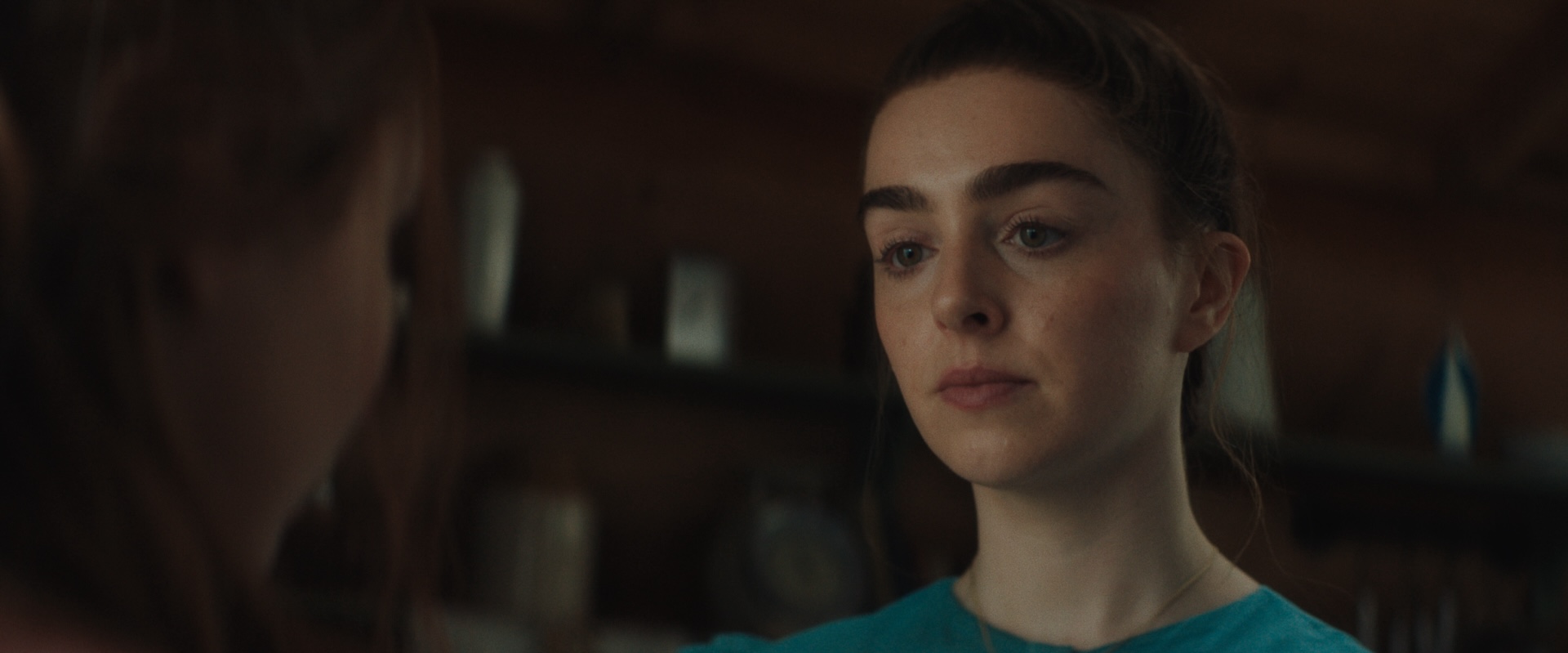
Taking on the roles of writer, director, producer and actor, Louisa describes Sister Wives as her most ambitious project yet. “Balancing these elements required careful planning and adaptability,” she says, “but ultimately, it made the film all the more rewarding to bring to life.”
The collaboration between Louisa and Angela was rooted in a shared vision—a world where composition and movement mirror emotional states. Inspired by the restrained beauty of Ammonite and Portrait of a Lady on Fire, they crafted a painterly aesthetic that leans into naturalism while maintaining an underlying tension. Early on, they assembled extensive mood boards, refining a palette that would reinforce the film’s themes of isolation and quiet unrest.
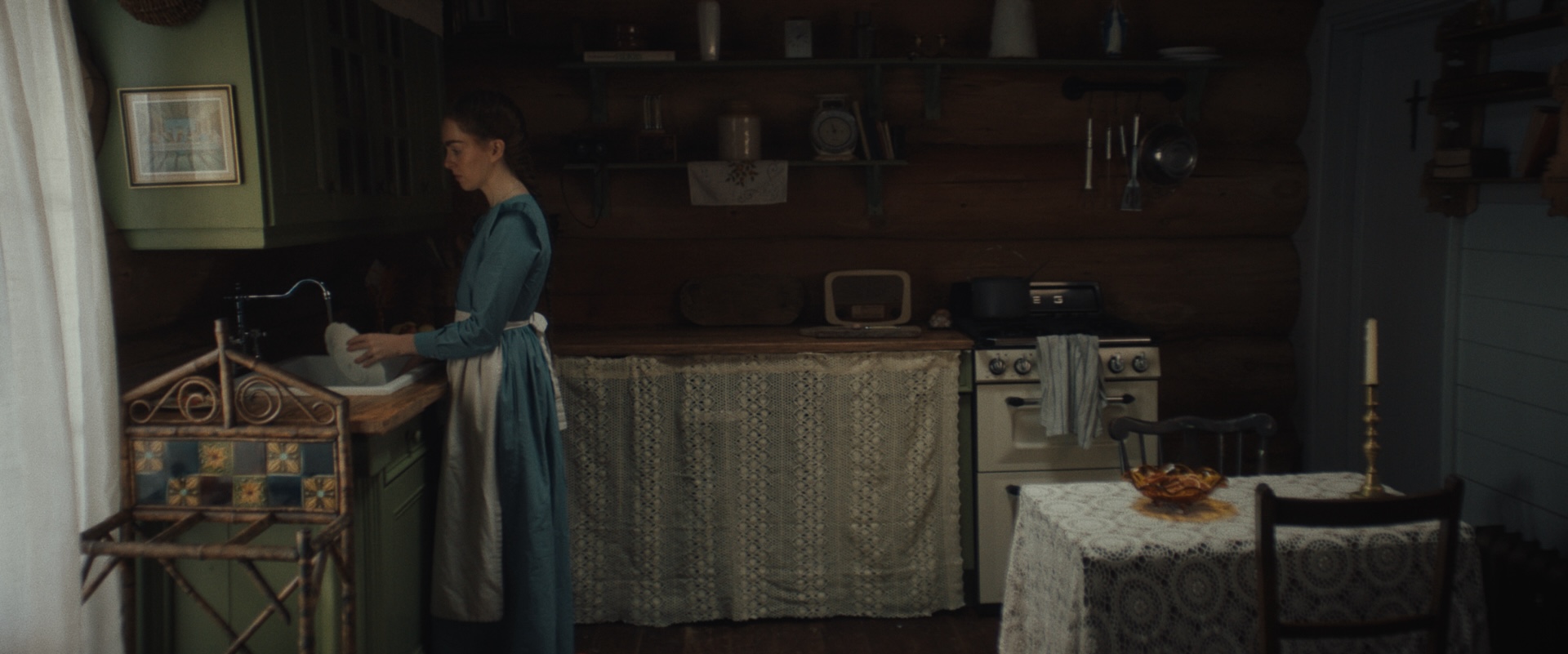
Angela’s approach to cinematography was both controlled and reactive. Shooting on the Alexa Mini with S6 anamorphics, she balanced static, locked-off frames with fluid handheld shots—reflecting the protagonist’s shifting sense of agency. Light became an unspoken language. In the film’s early moments, daylight is cold, distant. As Kaidence, the protagonist, finds fleeting moments of connection, warmth creeps into the frame. Shadows stretch and contract, carving out spaces that feel simultaneously protective and suffocating. “The location, intimate story and our anamorphic lenses all lent themselves to creating a vignetted image” says Angela. “We really wanted every frame to feel like a painting, like a little view into this private world of theirs. We worked closely with the production designer to keep the darker tones and nothing too white, then placed very small pools of light meticulously so as not to open up the image too much.” The result is a world that is meticulously structured yet emotionally raw, where every visual cue underscores the weight of repression and the flicker of defiance.
Filming in a remote cabin, in the middle of a lake, in winter, presented both logistical challenges and creative opportunities. The constraints—navigating tight spaces, controlling natural light, working with limited power—became part of the film’s DNA. Rather than fighting these limitations, the team leaned into them, crafting a visual language that embraces restriction. Jumping between 32mm and 100mm lenses in confined quarters required precision, forcing every shot to be intentional. Movement became a storytelling device in itself—when the camera shifts, it does so with purpose, breaking free from its rigidity in moments where Kaidence begins to push against the boundaries imposed on her.
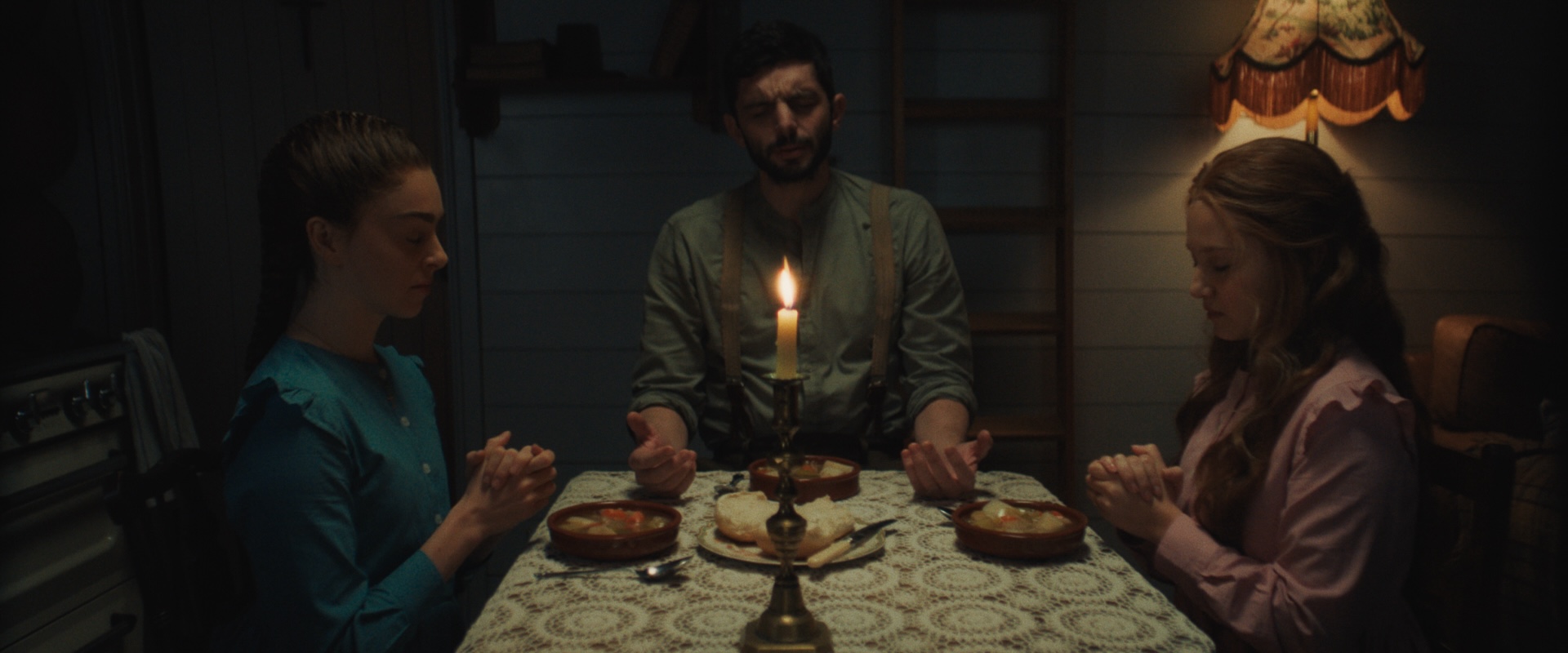
The film’s colour palette plays a crucial role in shaping its atmosphere, with Karol carefully refining the film’s restrained beauty in post-production. "After our initial conversations and experiments, the palette that we settled on for Sisters Wives lives in a muted, soft, and naturalistic space," Karol explains. "We found a painterly and restrained base, but I made sure that I had room within the look to follow the emotional threads throughout the film, heightening the sense of oppression and isolation when the story called for it, and bringing in gentleness and femininity in moments of connection."
Beyond setting the emotional tone, Karol used density, contrast, and textural subtleties to differentiate moments of tension and intimacy. "Some scenes felt slightly heavier, the blacks richer, the air thicker—particularly in our earlier night scenes. Then, for moments of intimacy and hope, we pulled back, softened the contrast slightly, and opened up the highlights to let the image breathe a little more."
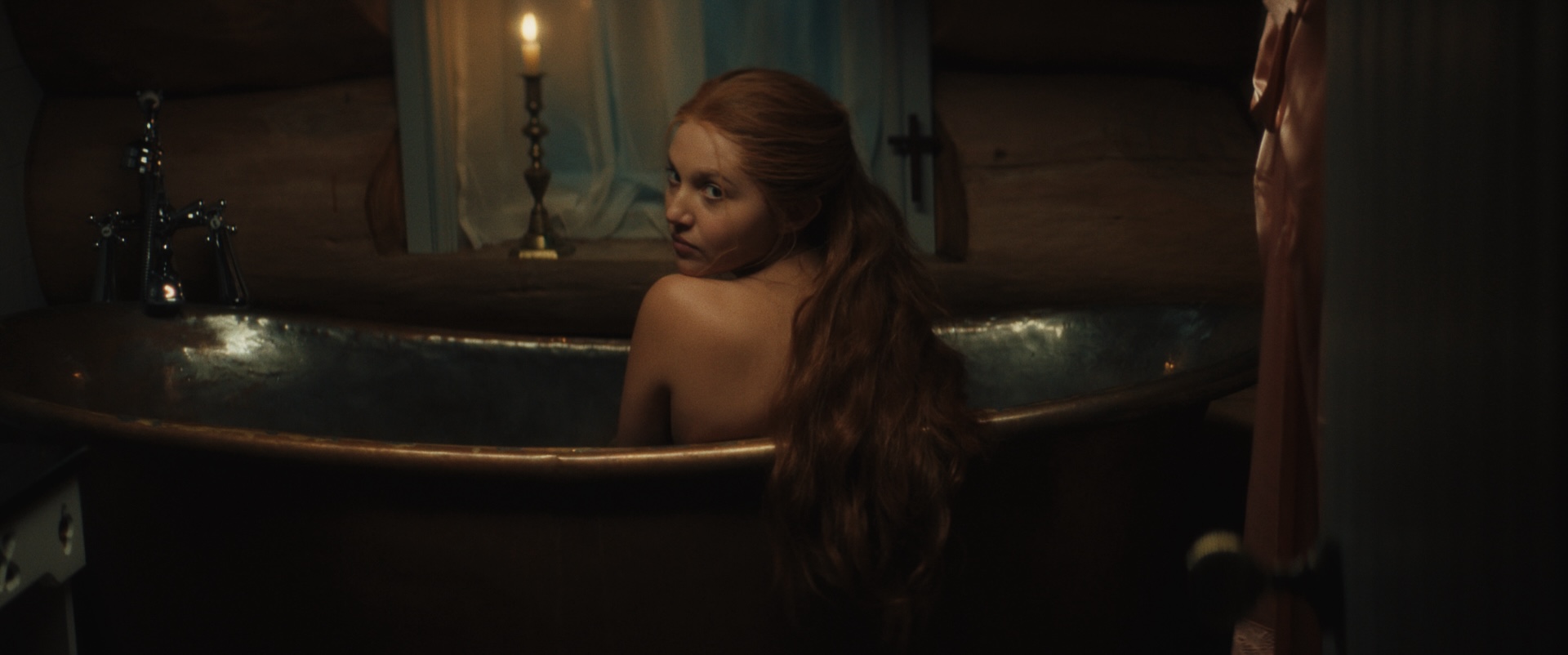
One of Karol’s favorite moments in the film was its comedic twist—a reveal that the setting is actually contemporary. "Because the story is set in an insular religious community, with period-style dresses and an old-world aesthetic, we leaned into a nostalgic yesteryear feel with the grade. This helped heighten the punchline of that reveal, reinforcing a timeless quality while ensuring the setting felt both distant and familiar."
With Sister Wives receiving BAFTA recognition, Louisa is already exploring its evolution into a feature-length project. While details remain under wraps, one thing is clear—the world she and her team have built is only just beginning to unfold.
From its meticulous framing to its subtle shifts in colour and movement, Sister Wives is a study in the power of restraint, the quiet strength of those who challenge the structures around them, and the profound, often imperceptible moments where resistance takes root.
